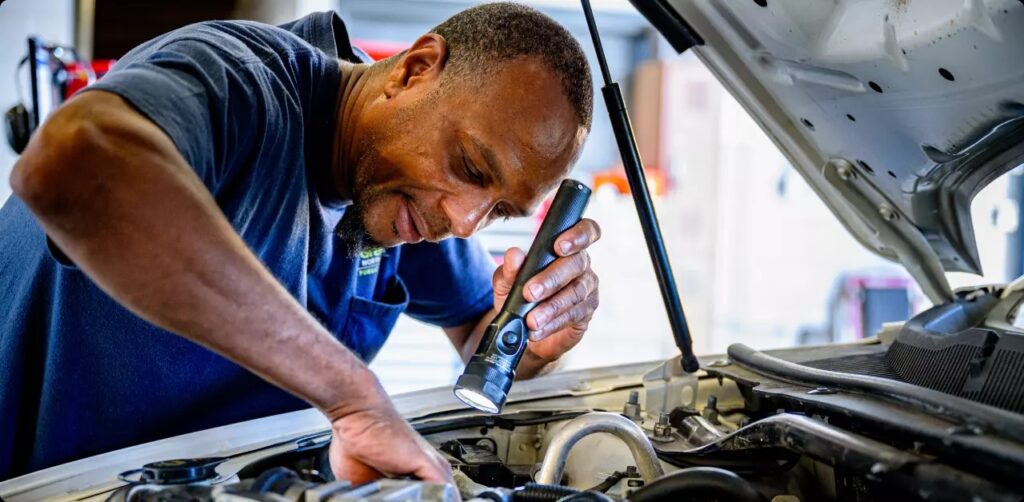One of the most noticeable signs that your car trunk needs attention is difficulty during opening or closing. A trunk that doesn’t stay open or requires excessive force to shut could indicate worn-out struts or hinges. Trunk struts (also called lift supports) help hold the lid open, and when they begin to fail, the trunk may slam shut unexpectedly, posing a safety hazard. Similarly, a misaligned latch or damaged hinge can make opening and closing a struggle, signaling the need for mechanical adjustment or part replacement.
Water Leaks and Moisture Accumulation
If you notice moisture, dampness, or even mold in your trunk, there’s a good chance your trunk seal is failing. The rubber weather stripping around the trunk is designed to keep water and dust out. Over time, this seal can crack, wear, or become dislodged, allowing water to seep into the trunk area. Leaks may lead to rust, foul odors, and damage to items stored inside. Regular inspection and prompt replacement of compromised seals can help prevent costly damage.
Unusual Noises While Driving
Rattling, thumping, or squeaking sounds coming from the rear of your vehicle could point to a loose trunk lid, latch, or interior trim components. These noises often go unnoticed at first but can become louder over time. Such sounds can indicate issues like worn or broken latch mechanisms, misaligned panels, or unsecured spare tire compartments. Identifying and correcting these noises early helps maintain the structural integrity and safety of your trunk area. You can choose the Auto Repair in Shippensburg, PA based services. They offer the perfect solutions in this case.
Electrical Issues with Trunk Components
Modern vehicles boast convenient features like electronic trunk releases, backup cameras, and interior trunk lights, all enhancing vehicle utility and safety. However, malfunctions in these systems, such as an unresponsive trunk release button, flickering lights, or a failed backup camera, often indicate underlying wiring or electronic component issues within the trunk. The trunk area is susceptible to wiring degradation due to constant wear and tear from opening and closing, exposure to moisture, and potential damage from rodents. These factors can compromise the integrity of the wiring harness, leading to intermittent failures or complete system shutdowns. Ignoring these initial warning signs can result in more extensive damage and costly repairs down the line.
Visible Damage or Corrosion
Visible signs of wear, such as rust, dents, or chipped paint around the trunk area, should not be ignored. Corrosion can compromise the metal structure of your trunk, making it vulnerable to leaks and reduced security. Dents or alignment issues may also prevent the trunk from sealing properly, further exacerbating water entry and noise problems. Regular cleaning, waxing, and inspection can help catch these issues early and keep your trunk in top condition.
Conclusion
Your car trunk plays an essential role in storage, safety, and vehicle function. Recognizing the early signs of trunk problems—such as mechanical resistance, moisture intrusion, odd sounds, electrical glitches, and visible damage—can help you address minor issues before they become costly repairs. Regular maintenance and prompt attention ensure

